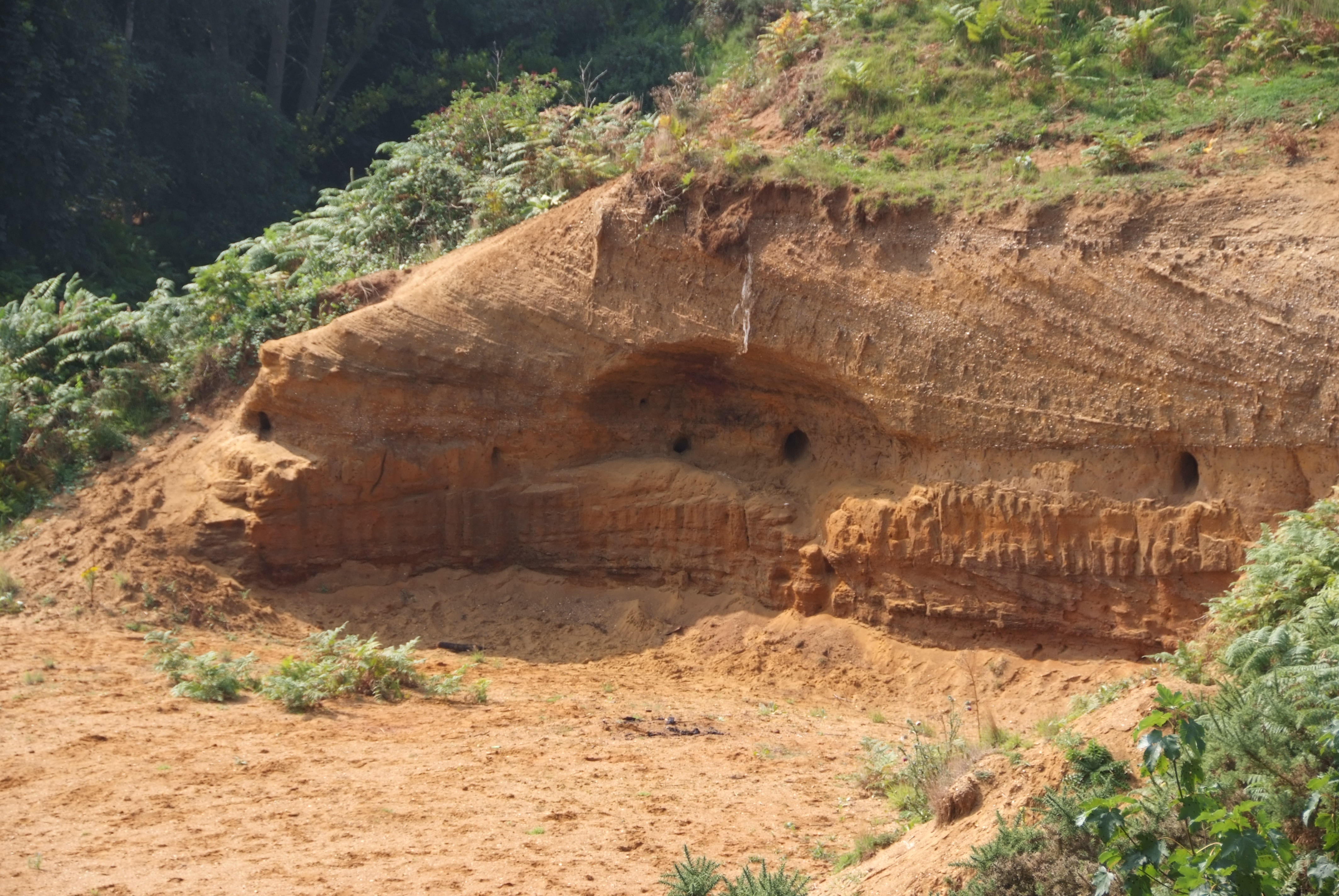There are two classic pits within Sudbourne Park. Both have become very overgrown in recent years, but sections are cleared from time to time to keep these SSSIs accessible and available for further research. Rich shell beds of Coralline Crag yield a variety of fossils, which can be easily collected from when sections are cleared. Pliocene, Spoil Heap and Disused Pit, Rating: ♦♦♦
























